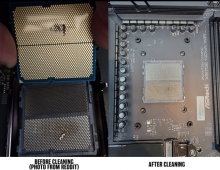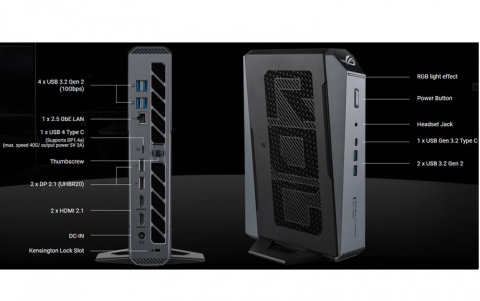
AMD Says Zen Procedssors Are Close, Outlines New Features
AMD has chosen the same peiod when rival AMD is holding its Developer Forum to provide more details about its its upcoming Zen CPU architecture, designed for PC enthusiasts. AMD CEO Lisa Su said the company wants to make high-performance CPUs and the first Zen consumer part will be the Summit Ridge - a high-end desktop chip fabricated on GlobalFoundries' 14-nm FinFET process, the same as the recently-released Polaris graphics card family.
It'll have eight cores and sixteen threads, courtesy of simultaneous multi-threading (Hyper-Threading in Intel CPUs).
Zen puts the focus back on strong cores with high single-threaded performance. To make that happen, AMD CTO Mark Papermaster said each Zen core gets a better branch predictor, its own micro-op cache, wider instruction scheduling, and a doubling of floating-point execution resources.
Simultaneous multi-threading also helps "keep the beast fed," as Papermaster puts it. Each Zen CPU will also have 8MB of shared L3 cache, 512K of L2 cache per core, 64K of instruction cache, and 32K data cache to that end.
Summit Ridge will be compatible with the AM4 platform, and supports like DDR4 RAM support, PCIe 3.0 connectivity, USB 3.1 Gen2 support, and offers compatibility with NVMe and SATA Express storage.
AMD put a Summit Ridge engineering sample running at 3GHz up against an eight-core, sixteen-thread Core i7-6900K, limited to the same 3GHz speed. AMD ran the same Blender 3D rendering workload on both chips at the same time. The Zen chip slightly beat the Broadwell-E CPU in that test.
The Summit Ridge launch is positioned for first quarter of 2017.
For the data center, ZEN will find its way through the Naples SoC, a 32-core, 64-thread server SoC. AMD expects that Naples will begin showing up in servers in the second quarter of 2017. AMD is also confident that Zen can scale to mobile and embedded devices.





















